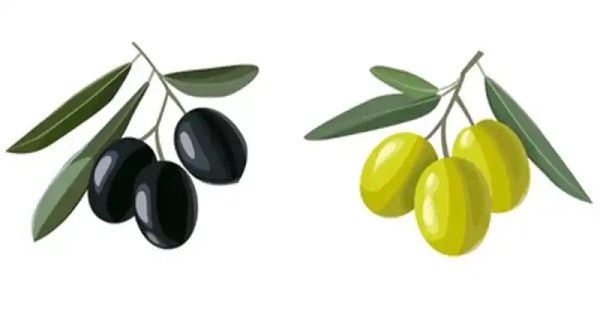
You may have seen common mallow plants growing in your garden and wondered if they were just weeds. But did you know that these plants have numerous health benefits? Let’s explore some of the uses and advantages of common mallow!
Aiding Digestion
Did you know that common mallow has a gel-like consistency that can be beneficial for your digestive system? It has soothing properties that can alleviate gastrointestinal irritation, making it a natural remedy for conditions like gastritis, irritable bowel syndrome, and heartburn. Brewing a tea from the leaves and flowers can create a protective lining in your digestive system, promoting healing and relief.
Relief for Respiratory Troubles
Common mallow is also great for respiratory health because of its expectorant properties. It can help ease symptoms of the common cold, bronchitis, and sore throats by soothing irritated mucous membranes and helping to expel mucus. Whether consumed as a warm infusion or syrup, it can provide relief for your cough.
Soothing Inflammation
If you suffer from conditions like arthritis or muscle pains, common mallow can be helpful. It has anti-inflammatory effects that can reduce swelling and discomfort both internally and externally. Applying a poultice made from the leaves or drinking the tea can alleviate inflammation and provide relief.
Support for the Immune System
Common mallow is abundant in antioxidants, which help bolster your immune system. These antioxidants protect your body from oxidative stress and aid in fighting infections. With vitamins A and C, as well as minerals like iron and magnesium, common mallow can enhance your immune system.
Enhancing Urinary Health
Maintaining urinary tract health is essential, and common mallow can help. It acts as a diuretic, promoting toxin elimination and reducing the risk of urinary tract infections. It also has calming properties that can relieve discomfort associated with inflammation of the urinary system.
Skin Nurturance
Not only can common mallow benefit your insides, but it can also rejuvenate your skin. Its high mucilage content moisturizes and soothes skin irritations like eczema and dermatitis. It can even expedite wound healing, provide relief for insect bites and burns, and prevent infections when applied topically.
Abundant in Antioxidants
With its potent antioxidants, common mallow contributes to overall health by countering free radicals. It supports cardiovascular health by regulating blood pressure levels and reducing cholesterol.
Culinary Utilizations
Beyond its health benefits, common mallow is edible and nutritious. You can enrich salads, soups, and stews with its leaves, stems, and flowers for a subtle flavor and a plethora of health advantages.
Incorporating common mallow into your wellness routine or diet offers a comprehensive approach to health, drawing from centuries of traditional use and modern research validation. Whether harnessed for its medicinal properties or as a nutritious culinary supplement, common mallow emerges as a versatile and invaluable asset in the realm of natural health and wellness.
Harnessing the Benefits of Common Mallow
To fully appreciate the extensive benefits of common mallow, it’s important to know how to use it properly. Here are some methods for utilizing this plant:
Tea and Infusion
For both common and high mallow, brewing tea is a popular method. Simply steep 1-2 teaspoons of dried leaves or flowers in boiling water for 10-15 minutes. This gentle process helps release the beneficial compounds, making it ideal for soothing digestive issues and respiratory conditions.
Infusions are ideal for extracting deep-seated nutrients from the leaves. Place a handful of fresh or dried leaves in a jar, cover with boiling water, and let steep overnight. Strain the next morning, and you’ll have a potent infusion that can be used for skin washes or as a base for creams.
Poultices for Topical Use
Poultices can be directly applied to the skin to soothe irritation or heal wounds. Crush fresh leaves of common or high mallow into a pulp, apply it to the affected area, and secure it with a bandage. This method is particularly effective for conditions like eczema, minor burns, and insect bites.
Preservation and Storage
Drying is the most common method for preserving mallow leaves and flowers. Spread the plant parts in a single layer on a drying rack in a warm, airy space away from direct sunlight. Once completely dry, store them in airtight containers in a cool, dark place to maintain their medicinal qualities.
Remember, while common mallow has been traditionally used for its health benefits, it’s always important to consult with a healthcare professional before starting any new treatment or herbal supplementation, especially if you have existing health conditions or are taking other medications.
So why not explore the marvelous world of common mallow and harness its natural healing powers?



